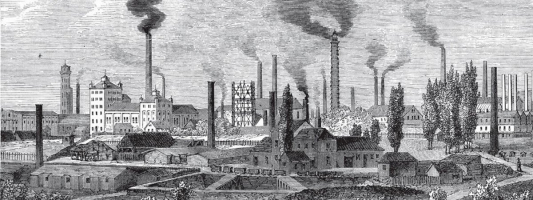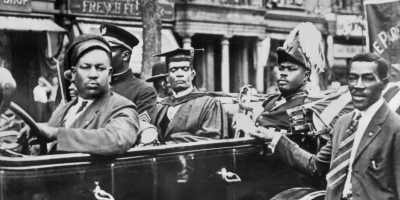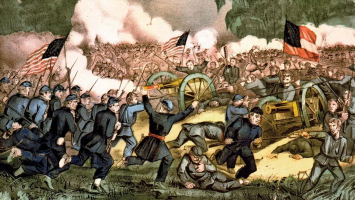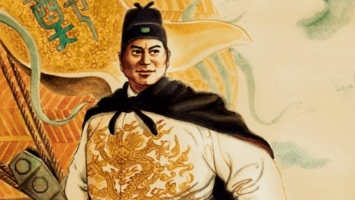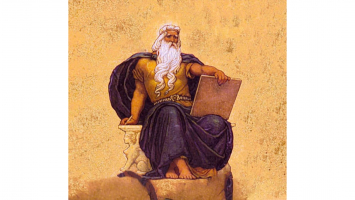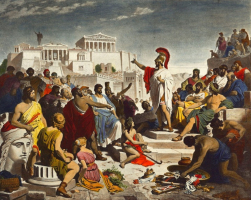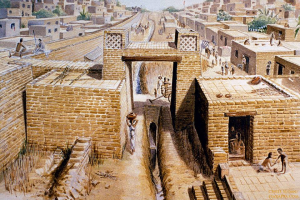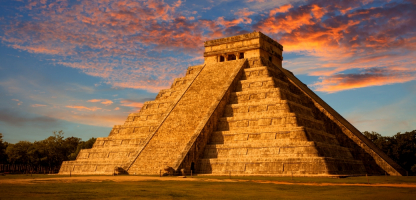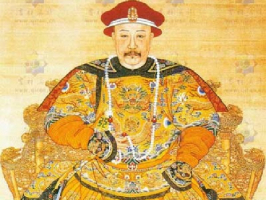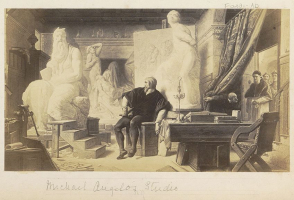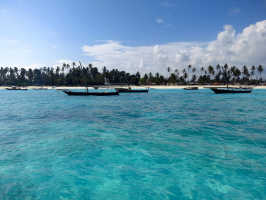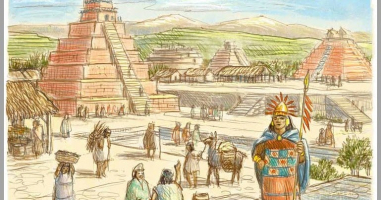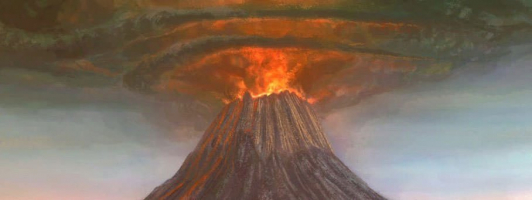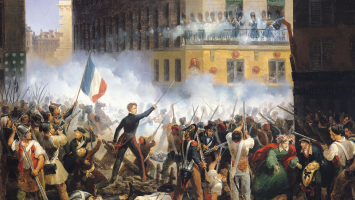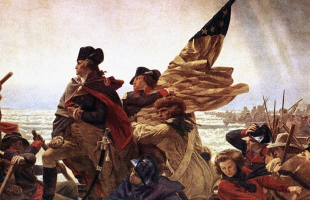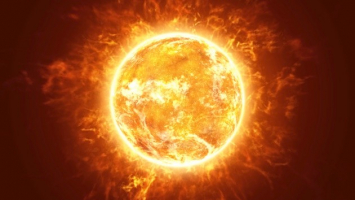Top 10 Interesting Facts About The Attack On Pearl Harbor
A historic event occurred in the early morning of December 7, 1941, when the Japanese military began a surprise aviation attack on the U.S. Naval Base in Pearl ... read more...Harbor, Hawaii. More than 2,400 Americans had died after only two hours of bombardment. In addition, 21 ships had been significantly damaged or sunk, and over 188 American aircraft had been destroyed. Americans were so outraged by the attack on Pearl Harbor that the US decided to abandon its policy of isolationism and declare war on Japan the next day. This also thrust America into World War II. Let’s take a look at 10 interesting facts about the attack on Pearl Harbor that you may not know.
-
The first interesting fact about the attack on Pearl Harbor is that Americans fired the first shot. Nowadays, most people are aware that the Japanese government wanted to attack Pearl Harbor and declare war on the United States. However, a lot of people do not know that when the Japanese started bombing, that wasn't the start of the war.
The USS Ward, a warship, fired the first shot. It was not just the first shot fired that day but also the first official American shot of the War when the Wickes-class destroyer USS Ward targeted and sank a Ko-hyoteki-class midget submarine nearby the harbor entrance on December 7, 1941. The minesweeper Condor noticed the periscope of the Japanese sub above the water, warning the crew of the Ward, who fired on the intruder.
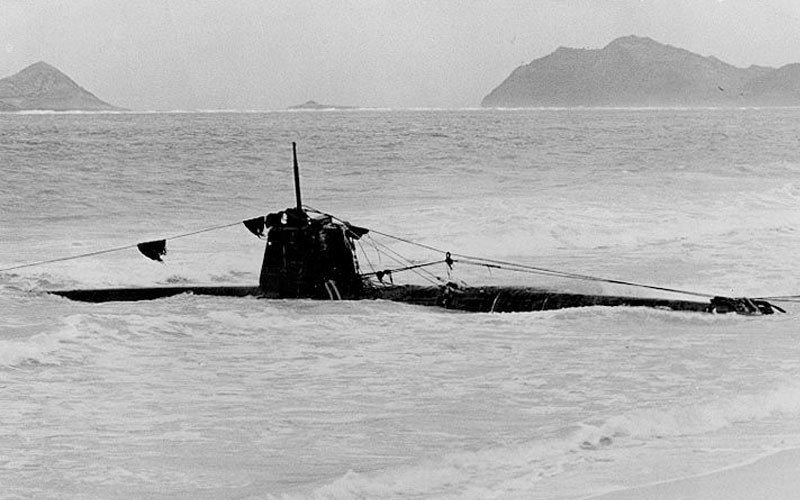
govx.com 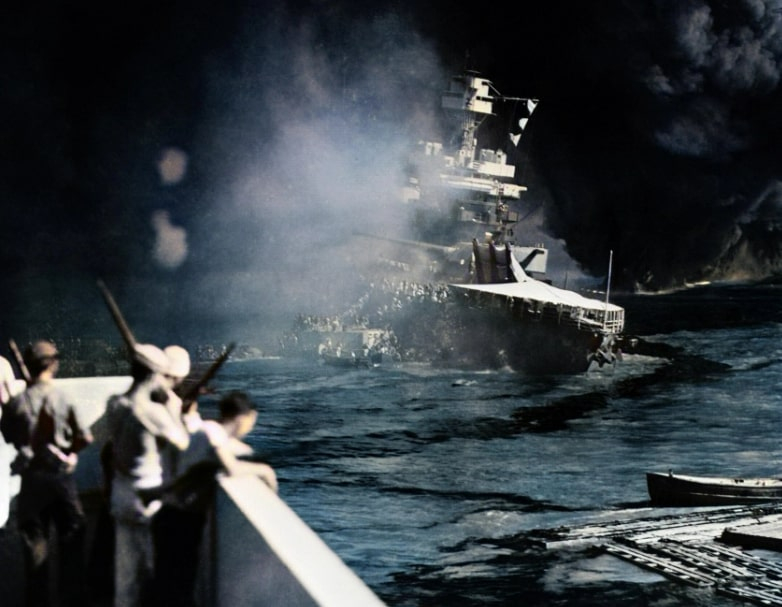
pearlharbortours.com -
The facts of Pearl Harbor indicate how quick the attack was. The initial wave of the Japanese aircraft's attack commenced at 7:55 a.m. HST on Sunday. From North Hawaii, the Japanese attacked and poured down fire in all directions. Hundreds of Japanese aircraft bombarded buildings, runways, and ships. Two waves of 395 aircraft were launched roughly 45 minutes apart. The sky was covered in dive bombers, fighters, torpedo bombers, and high-altitude bombers that dropped their lethal payloads across the island of Oahu. The two aircraft waves caused significant damage to their intended target, which was Battleship Row. By 9:45 am HST, the second wave of Japanese aircraft had ended and the mini-submarines had driven back to their carrier ships.
To destroy the communications and operational facilities that were not hit by the first and second waves, the Japanese leaders argued about whether or not to launch the third wave. After much consideration, the Japanese decided to stick with their strategy of prioritizing a narrow win over preserving naval power. They didn't want the attack to result in any significant losses. As they got virtually no damage in the first wave, they worried they could sacrifice more aircraft. Furthermore, it was only in the second wave that the Americans could launch a counterattack.
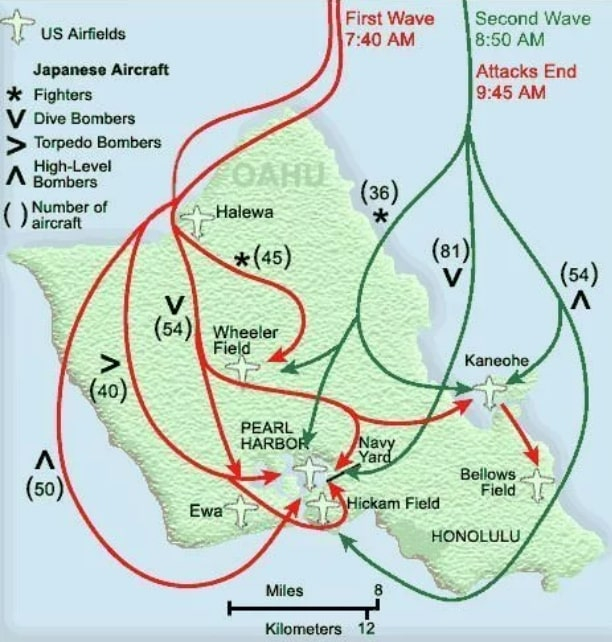
Pearl Harbor attack map - Photo: learnodo-newtonic.com 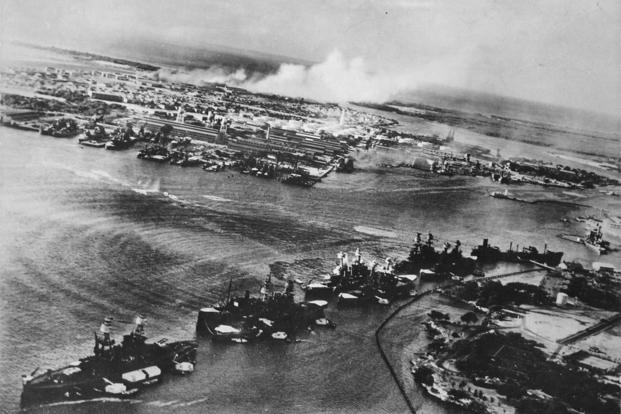
military.com -
When we take a look at the size of the Japanese force at Pearl Harbor, we can understand that its enormous power was meant to completely destroy the naval facility there. The Japanese had a total of 408 aircraft when they departed from Japan.
The Japanese strategy was to send their aircraft in two waves, as we can see from the facts we have learned about Pearl Harbor thus far. There were supposed to be 48 planes in the second wave and 360 in the first. At the time of the battle, however, the plans were altered. The first wave of aircraft consisted of 183 planes split into three groups, while the second wave included 171 planes. There were 103 bombers, 131 level bombers, 40 torpedo planes, and 79 fighters among them. In addition, they had 11 destroyers, 9 oilers, 2 light cruisers, 35 submarines, 6 aircraft carriers, 65 ships, and 2 battleships.
The purpose of the initial wave of aircraft that was released from the Japanese aircraft carriers was to absolutely ruin not only the aircraft on the ground but also the key ships. A defensive combat air patrol, or CAP, was the intended use of the second wave of aircraft.
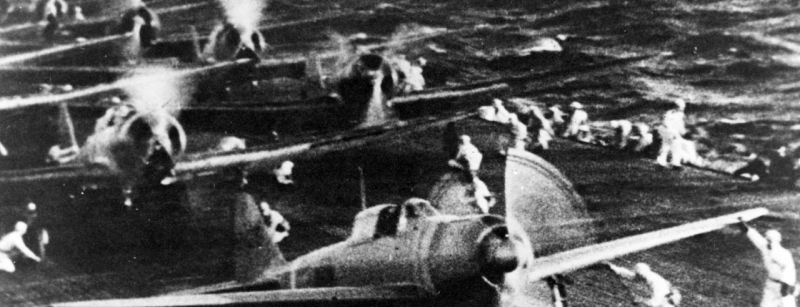
history.navy.mil 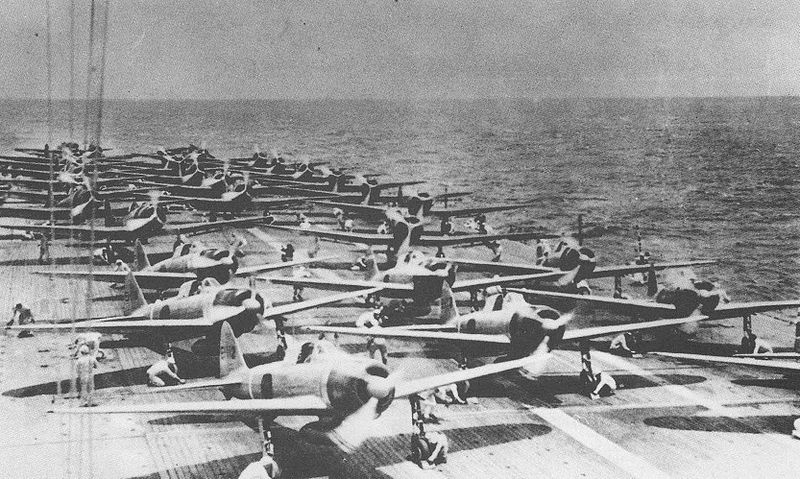
vi.m.wikipedia.org -
Franklin D. Roosevelt, the 32nd president of the United States, gave his renowned Infamy Speech to a Joint Session of Congress on December 8, the day following the attack. Roosevelt began his statement by stating, "Yesterday, December 7, 1941 - a date which will live in infamy..." His use of the passive phrase, "The United States was... attacked," which was opposed to the more active "Japan attacked the United States," was deliberate in order to highlight how severe the attack was and stated that the United States was the victim.
He urged war against Japan. The speech immediately received a positive welcome response and left a lasting impression. It is among the most well-known political speeches in American history. With over 81 percent of listeners tuned in to hear the address, it attracted the greatest audience in American radio history and was broadcast live. Within an hour of the speech, Congress formally declared war on the Japanese Empire. Later, a number of telegrams complimenting Roosevelt's position were sent to the White House.
Three days later, Japan’s allies, namely Germany and Italy, issued a declaration of war against the US, and that same day, the US also declared war against them. As a result, America joined the Second World War, which led to the bombing of Nagasaki and Hiroshima.
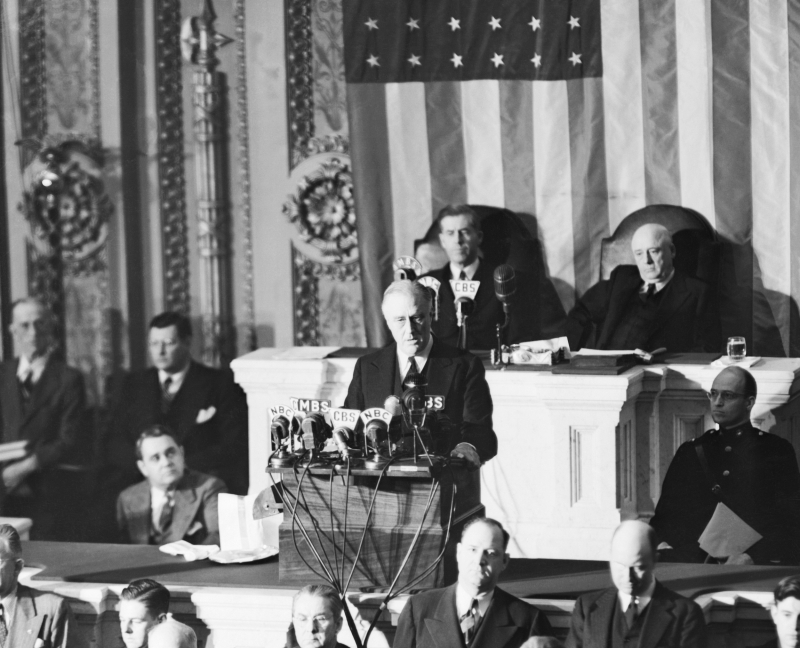
Roosevelt delivering the Infamy Speech - Photo: newsweek.com 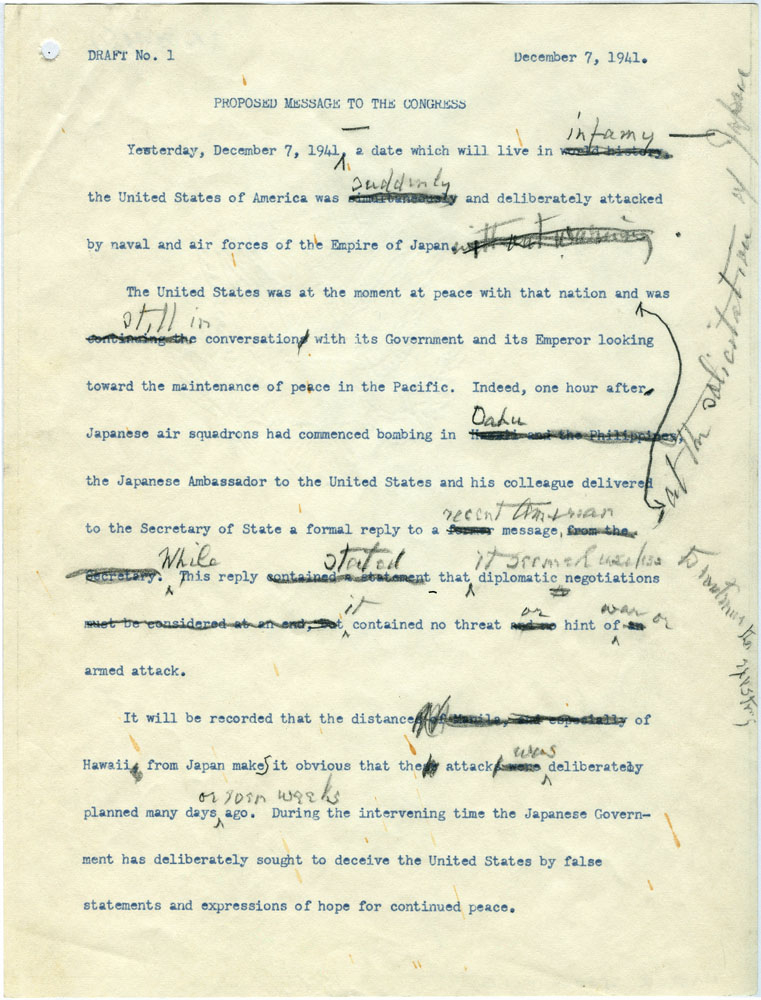
Franklin D. Roosevelt’s first draft of his “Day of Infamy” speech, with his notes - Photo: slate.com -
Tensions between Japan and the United States had been rising for more than a decade when the first Japanese bomber flew over Pearl Harbor on December 7, 1941, making war seem unavoidable. The primary cause of the attack on Pearl Harbor was the headquarters of the U.S. Pacific Fleet.
Without the United States' supply of natural and industrial resources, particularly oil, Japan's military services would be seriously impacted. The United States started implementing economic sanctions against Japan, including trade embargoes on the export of aircraft, oil, and scrap metal among other crucial commodities and provided financial support to the Guomindang forces when Japan conquered French Indochina in 1940. When Japan approved the Tripartite Pact with Germany and Italy, more embargoes were imposed.
Due to its mineral and oil wealth, Southeast Asia became a goal for Japan. They were aware that such an invasion would inevitably result in conflict with America. Months of unsuccessful negotiations between Tokyo and Washington led to the attack on Pearl Harbor. In order to prevent American interference in their plan to obtain the resources in countries in Southeast Asia, which Japan named the "Southern Resource Area," they determined to eliminate America's Pacific Fleet.
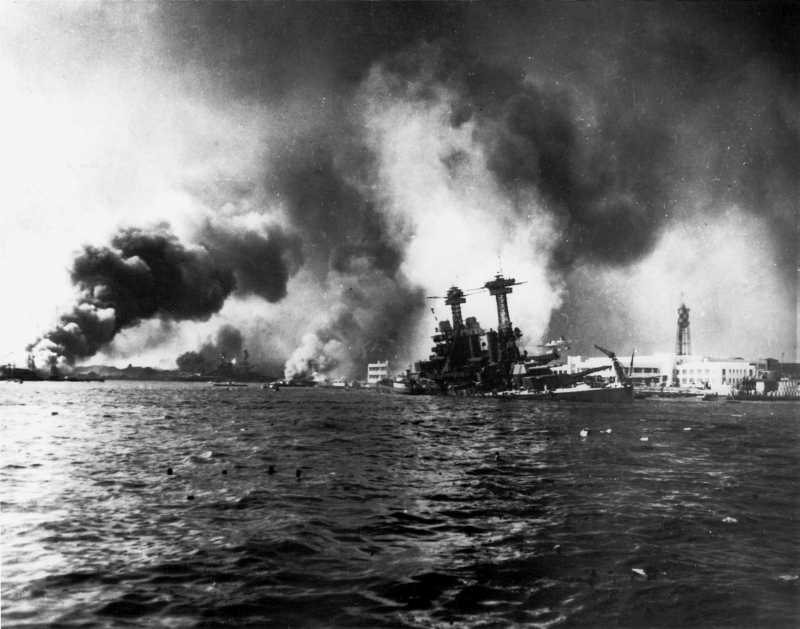
historyonthenet.com 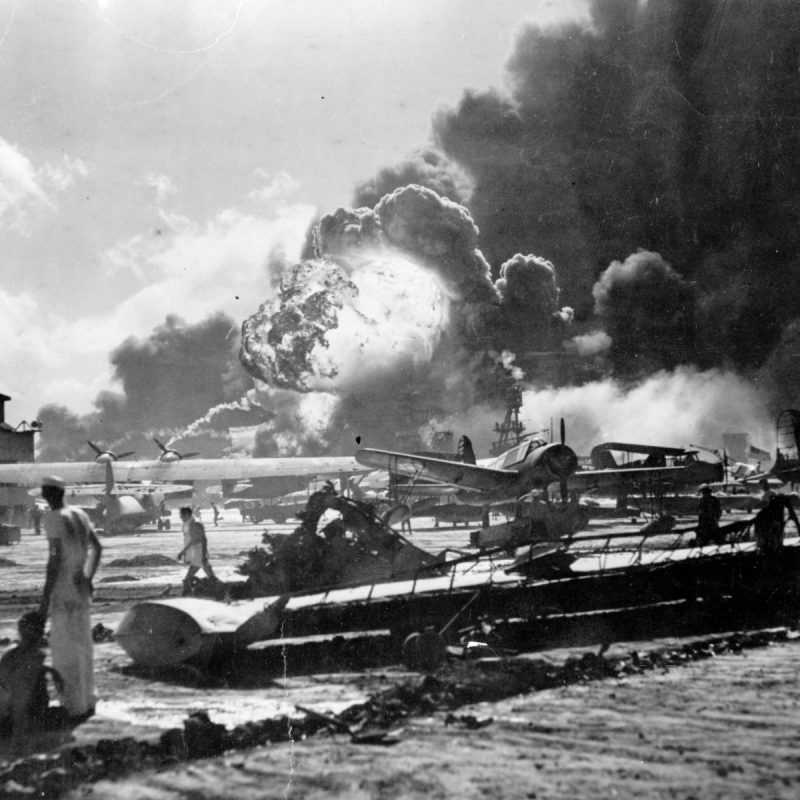
history.com -
Some of the most heartbreaking facts regarding Pearl Harbor are the number of people who died and were injured. The attack significantly surprised Americans. The noises of alarms, bombs detonating, and gunshots roused many of them. Others believed it to be a drill. With lockers shut, guns unattended, etc, they were extremely unprepared. The deadly attack damaged 188 planes and 19 US Navy vessels. 2,280 service members - men and women - died overall, while 1109 sustained injuries. 68 civilians were also killed. On the USS Arizona, there were more than 1000 victims.
With their attack on Pearl Harbor, the Japanese aimed to terrify the United States and deter them from joining World War 2. The attack had the exact opposite impact. Before the attack on Pearl Harbor, American was hesitant to join World War II. The following day, on December 8, 1941, President Franklin D. Roosevelt, with the electorate of the United States behind him, declared war on Japan.
According to Pearl Harbor information, Germany and Italy both declared war on the United States three days later, on December 11, 1941. The United States replied by declaring war on Germany and Italy right away. The attack on Pearl Harbor led to the United States engaging the wars in Europe and the Pacific within four days of the attack, not preventing the country from entering World War II.
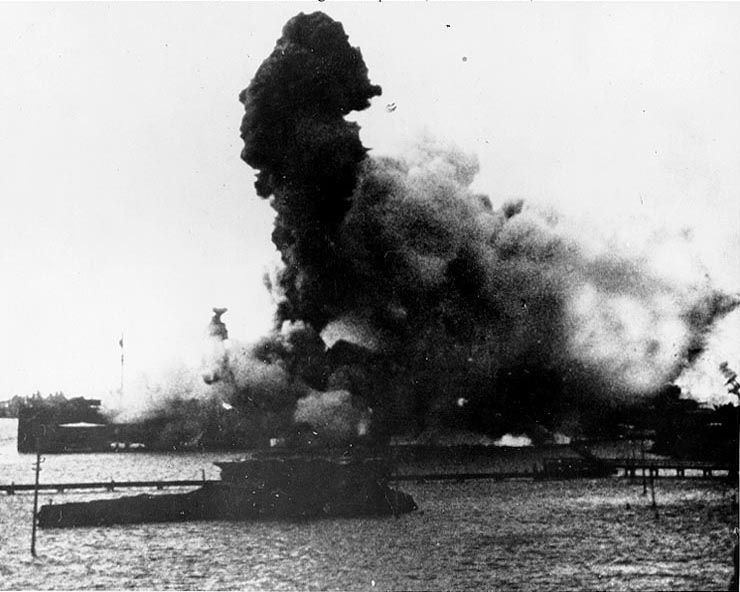
The explosion of the battleship USS Arizona - Photo: ibiblio.org 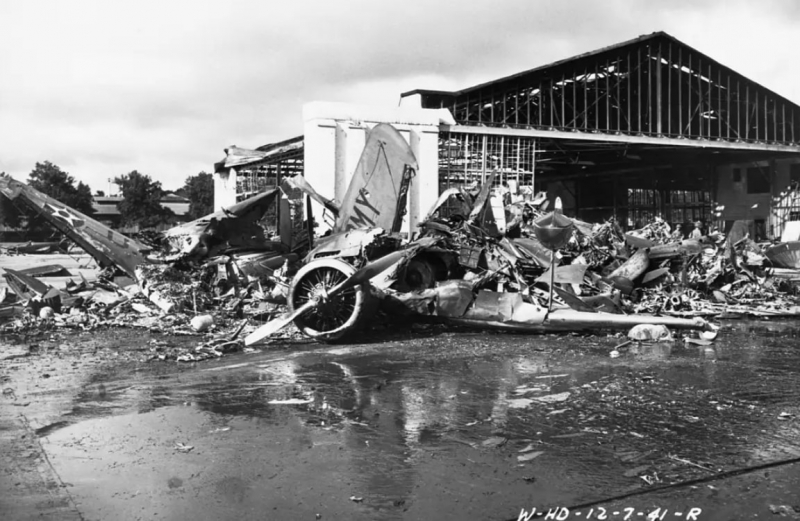
A heap of demolished planes and a wrecked hangar at Wheeler Airfield - Photo: buzzfeednews.com -
One of the interesting facts about the attack on Pearl Harbor is that despite Japan's plans for a surprise attack, they intended to end peace negotiations with the United States beforehand to avoid violating the laws of war. When we go deeper into the American - Japanese conflict, we see that tensions go at least as far back as the 1920s. In the 1930s, when Japan invaded China, the tension between the two countries grew.
Before the attack on Pearl Harbor, Japan, and the United States were at the negotiating table, attempting to find a path to peace while balancing their concerns in the Asian Pacific region. The Japanese concluded that the United States was impeding their dominance of the Asian Pacific region. The Japanese Empire was no longer willing to renegotiate or share power, but rather in the total dominion of the Asian Pacific region.
Though not officially declaring war on the United States, the Japanese sent a lengthy letter that announced the end of peace negotiations and implied war. The Japanese were hoping for perfect timing so that this letter would arrive 30 minutes before the attack on Pearl Harbor started. They did not account for the time required for the ambassador in Washington, D.C. to translate the letter, though. Even if the letter was delivered, the attack on Pearl Harbor had already taken place.
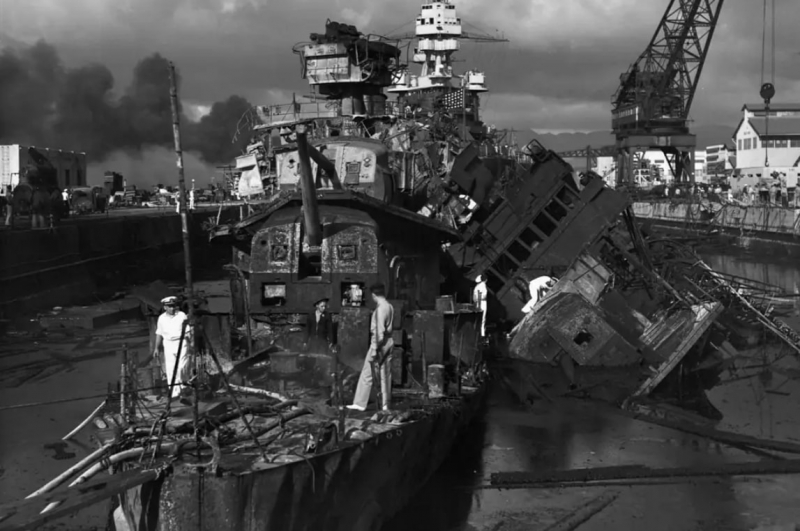
A mangled pile of metal of the USS Cassin (left) and the USS Downes after the Japanese attack - Photo: buzzfeednews.com 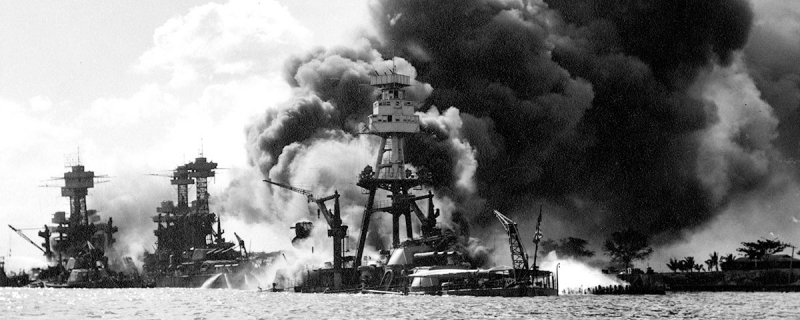
historynet.com -
The Japanese only concentrated on attacking the planes at Hickman Airfield and the ships at the Naval station, leaving other locations like as fuel oil storage places, maintenance facilities, and the submarine base alone since they believed the Pacific fleet fights would be won on them. This demonstrated to be incorrect.
If Japan had targeted naval repair yards, oil tank farms, submarine bases, and the old headquarters building instead of the fleet, it could have inflicted significantly more damage. Because the attack was designed to target battleships, no US aircraft carriers were present (they were out at sea). As a result, America was able to quickly rebuild for the war against Japan, ultimately reversing the Japanese advance after the early 1942 defeats.
“We won a great tactical victory at Pearl Harbor and thereby lost the war,” Admiral Hara Tadaichi summarized the Japanese victory.
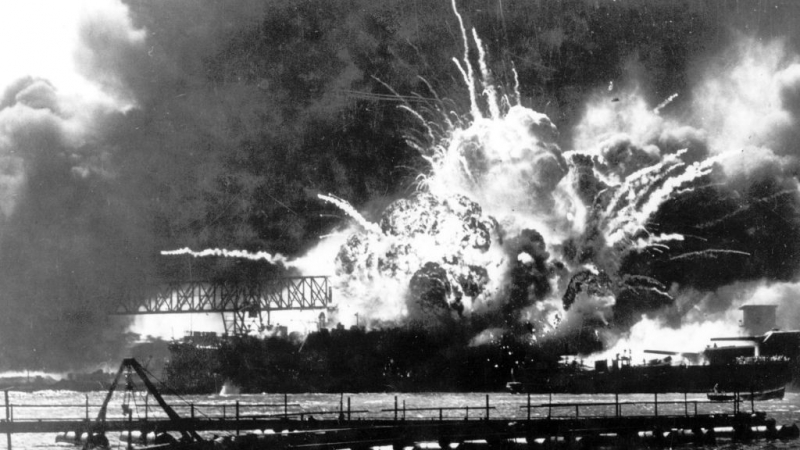
hawaiipublicradio.org 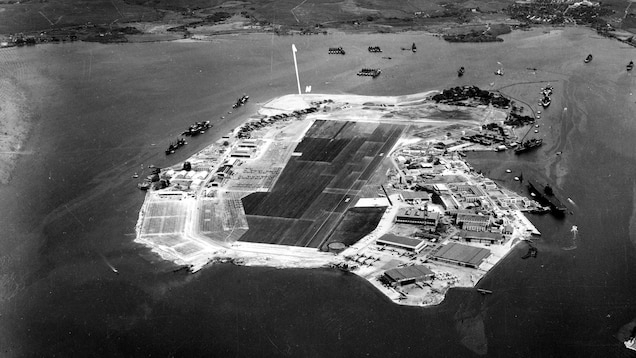
An aerial picture of part of Pearl Harbor before the attack on December 7, 1941 - Photo: kids.nationalgeographic.com -
The "Black Tears" are one of the sorrowful facts about Peal Harbor. The day before the attack, on December 7, 1941, the USS Arizona took on a full supply of fuel, approximately 1.5 million gallons of oil, before departing on a trip to the mainland in a few weeks.
After the attack, the ship was entirely destroyed and sank into the harbor's shallow water. Much of that gasoline contributed to the explosion and subsequent fires that sank the ships. Despite this, the ship continues to seep out of the ruins after more than 70 years. The Arizona "continues to spill up to 9 quarts of oil into the harbor each day," according to the History Channel.
This underwater ship is leaking around 500,000 gallons of oil. This adds to the emotional impact of the memorial, and visitors often describe it as the "tears of Arizona" or "black tears."
Scientists are worried about the long-term effects on the Hawaiian coastline. Government organizations and the National Park Service (NPS) examine the wreck site but are unwilling to make major changes due to two main reasons. First, the location is an active military cemetery, and preventing the leak would require them to damage the cemetery, perhaps resulting in an environmental disaster. Second, the spilling oil has symbolic significance and is part of many people's experiences.
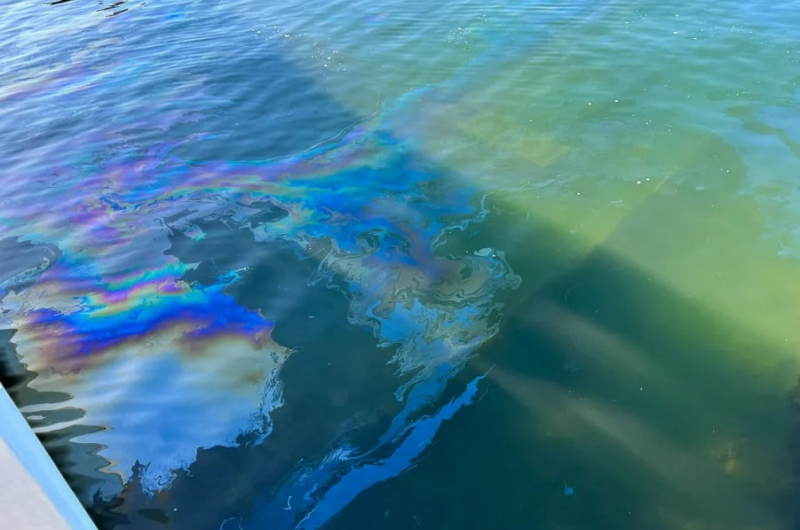
uponarriving.com 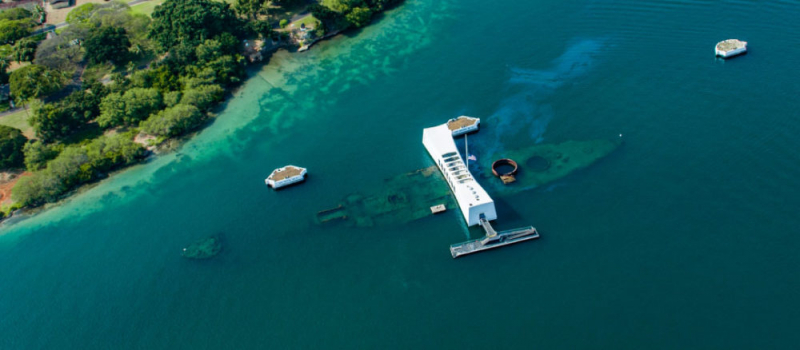
mtviewmirror.com -
The USS Arizona was the only battleship that was not raised following the attack. During the attack on Pearl Harbor, it was intensively bombed, and the munitions were hit, resulting in a huge explosion that smashed through the ship.
The USS Arizona Memorial was established on May 30, 1962, to memorialize the events of that day and to honor the last resting place of 1,102 of the 1,177 sailors and soldiers. The memorial is an underwater installation that spans the hull of the ship. The USS Arizona was over 26 years old when it was sunk. On June 19, 1915, it was originally launched.
The memorial, only accessible by boat, is visited by more than two million people each year. The associated USS Arizona Memorial Visitor Center opened in 1980 and is currently managed by the National Park Service. It provides historical information on the attack, shuttle boats to and from the memorial, and general visitor facilities. On May 5, 1989, the submerged remains of the battleship were declared a National Historic Landmark.
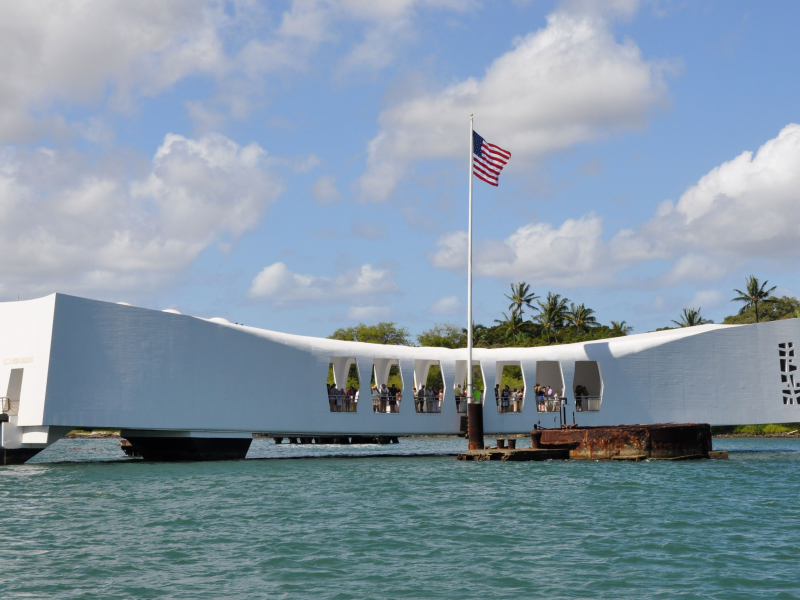
tripsavvy.com 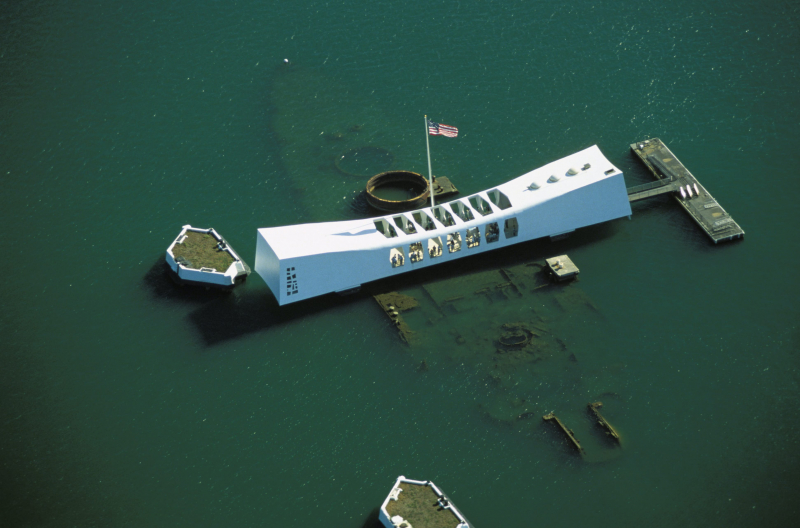
lonelyplanet.com












